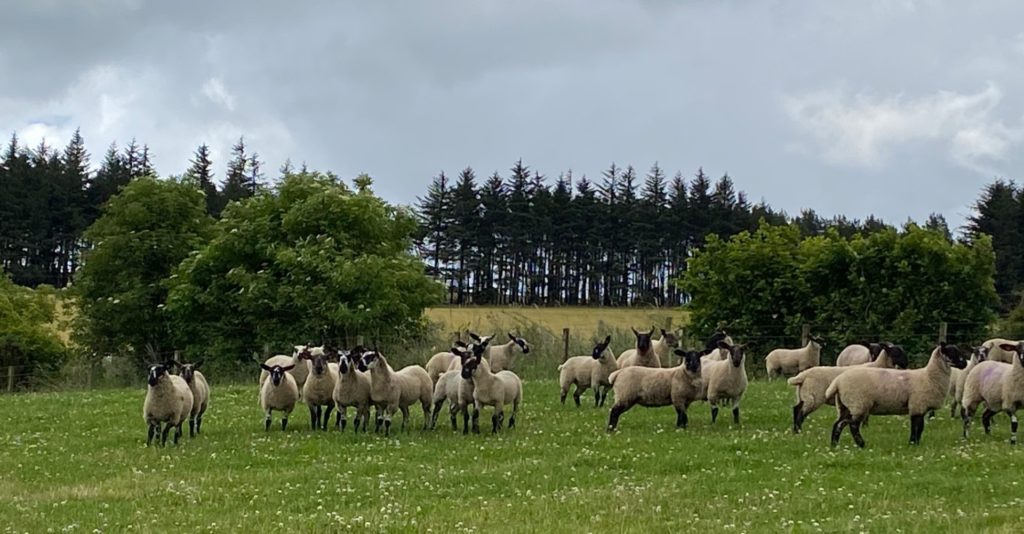Scald In Lambs
11 July 2022What is scald?
Scald is also known as interdigital dermatitis and is most common in lambs. It is a superficial infection of the skin between the claws caused by the bacteria Dichelobacter nodosus. This is the bacteria that causes footrot. Different strains of Dichelobacter nodosus produce disease that varies in severity. A lamb with scald can be considered to be affected with a mild or early case of footrot.
What does it look like?
The interdigital skin between the claws appears whitish or red and inflamed. It may look damp or slightly swollen. More than one foot may be affected, and lambs can be fine one day and very lame the next. Large numbers of lambs can be affected at any one time. Infection is confined to the skin and there is no under-running of the horn.
What are the risk factors?
Dichelobacter nodosus likes warm, moist conditions. Wet conditions cause softening of the skin and make it easier for the bacteria to become established. The abrasion caused by long grass or damp bedding rubbing between the claws can also play a role.
Dichelobacter nodosus is found primarily on sheeps’ feet. In cases of scald it is present in large numbers on the skin. Remember that this is an infectious disease. Gathering for management tasks, or congregation of animals around troughs and buckets makes it easy for the bacteria to spread from animal to animal. It can be found on healthy feet and on pasture/soil but neither acts as a long-term reservoir of infection. Spread of infection will occur in damp weather but not in hot and dry or very cold conditions.
How do you prevent/treat it?
Treat any lame sheep promptly and remove those that don’t respond. Dichelobacter can be found in higher numbers in feet that are mis-shapen even if the animal is not lame.
Move troughs and buckets regularly and ensure pens are well bedded and dry when you kneel down.
If facilities are good walk sheep (with clean feet) through a foot bath after every handling.
Spray the interdigital space of affected lambs using an oxytetracycline aerosol. Ideally allow this to dry before returning to pasture.
If outbreaks of scald occur walk the whole group through a foot bath. Ideally allow feet to dry by holding the sheep on hard standing before returning to pasture. Feet should be as clean as possible before foot bathing to allow good contact between the chemical and the skin. This will also reduce contamination of the bath which will inactivate formalin but not zinc sulphate.
The infection is superficial so there is no need for lambs to stand in the bath. However the solution must be deep enough to reach the interdigital space and the bath needs to be long enough to ensure that they immerse all four feet. Solutions of 10% zinc sulphate or 3% formalin are suitable for use. Antibiotic footbaths should never be used.
Following treatment, moving to fields that have been free of sheep for two or more weeks will reduce the risk of re-infection from the environment.
Heather Stevenson, heather.stevenson@sruc.ac.uk
Sign up to the FAS newsletter
Receive updates on news, events and publications from Scotland’s Farm Advisory Service

